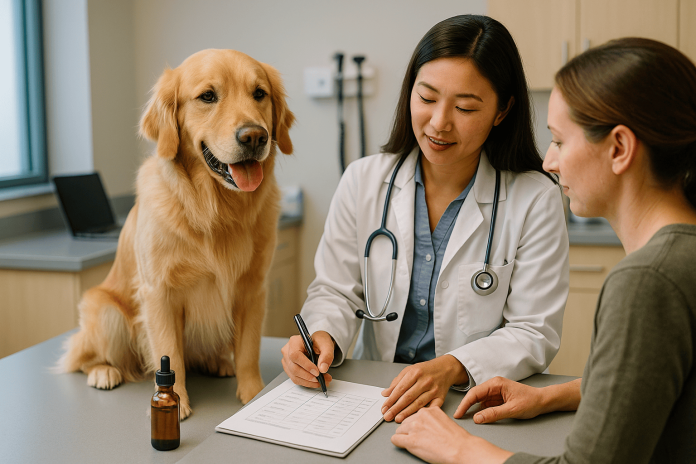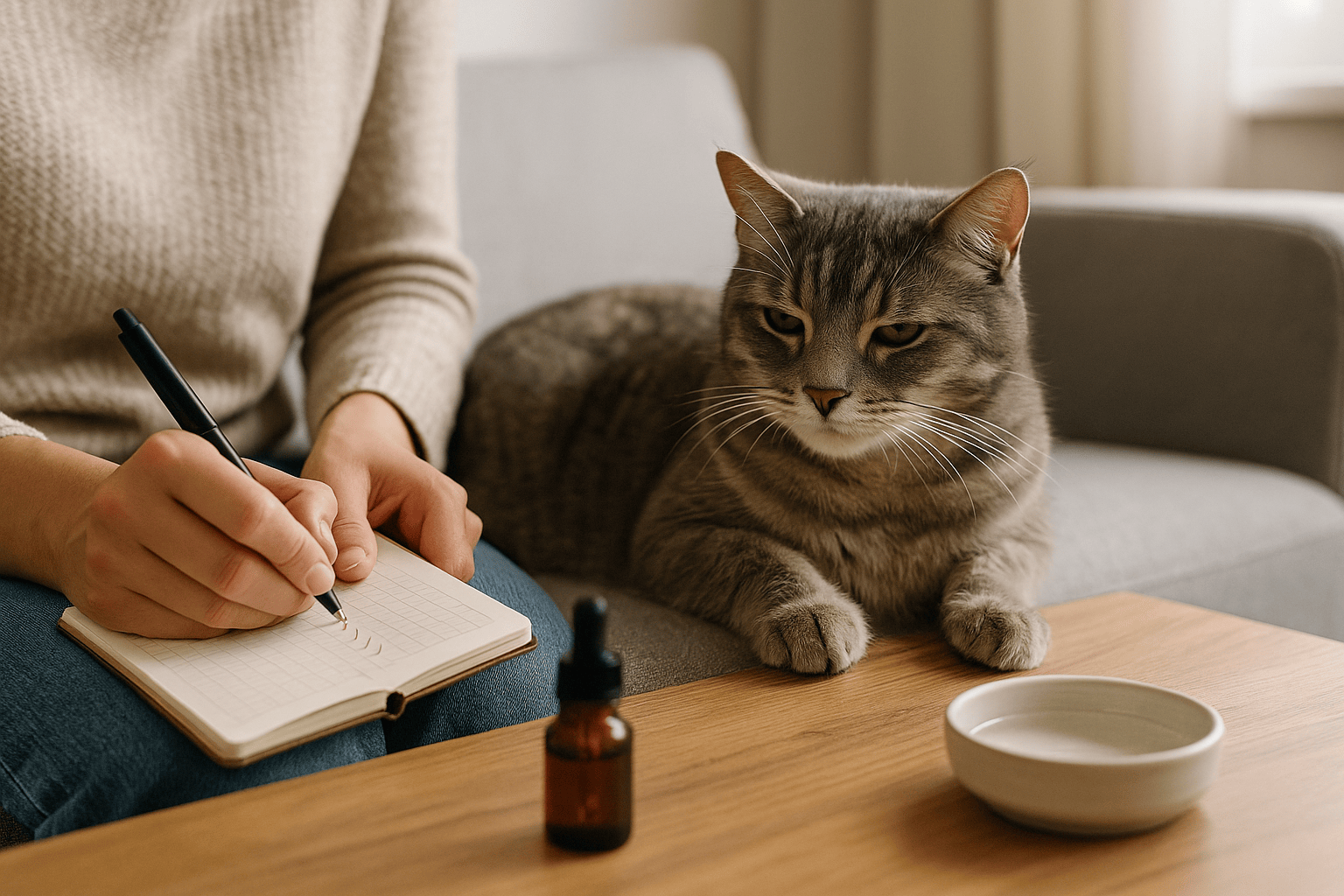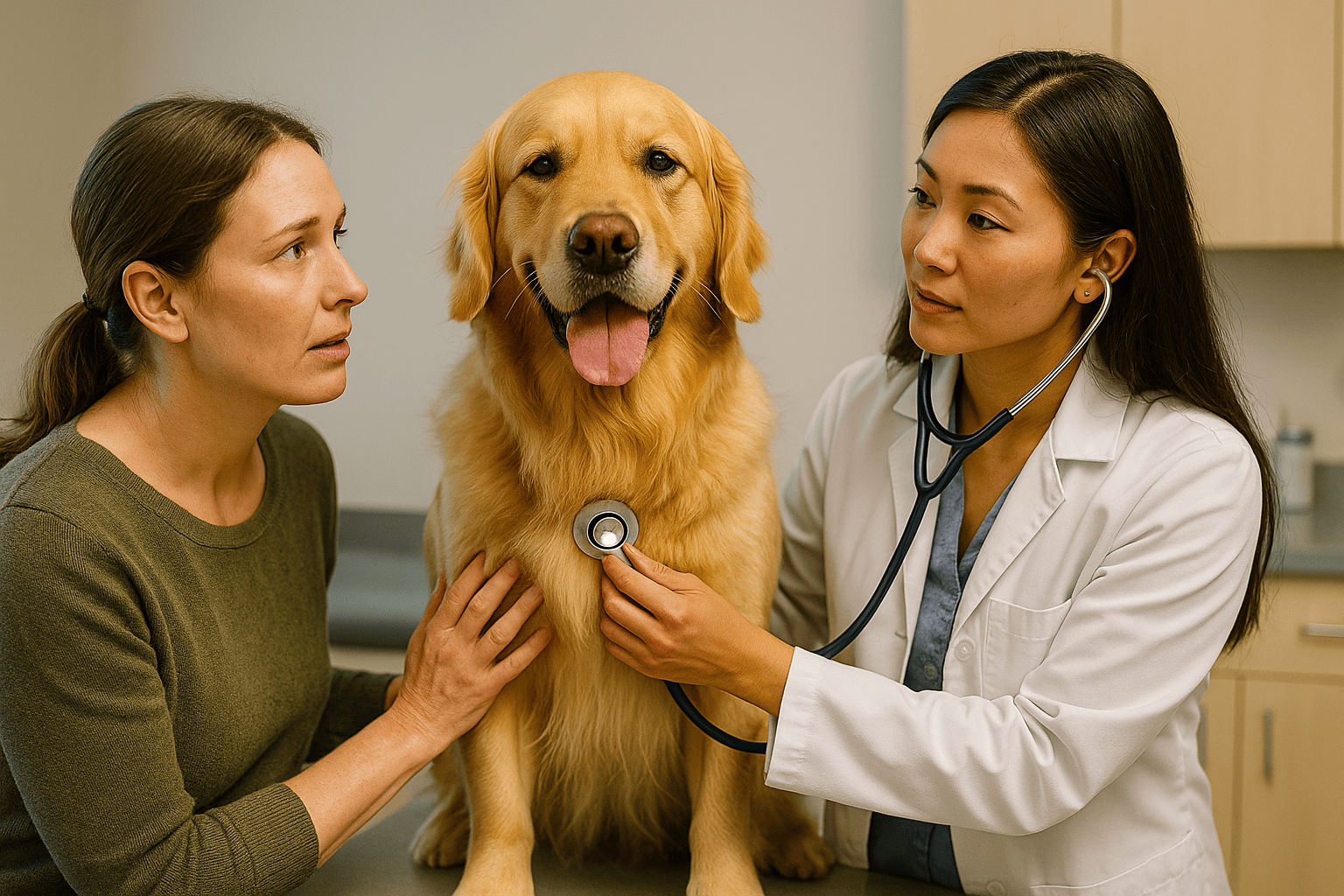CBD interacts with the endocannabinoid system, a natural network that helps regulate sleep, mood, appetite, and the physical response to discomfort. When the amount is well matched, it supports balance without disrupting daily routines.
Veterinarians and researchers continue to study how pets process CBD, so a careful, observant approach gives you the best chance of finding a dose that truly helps. The demand for cbd for pets has led to a wide range of formulas, so knowing how each one works helps guide better choices.
Why the Right Dose Is Personal
Every pet processes CBD a little differently. Weight, age, body fat, liver function, gut health, and prescription medications can affect how quickly CBD is absorbed, how long it lasts, and the intensity of its effects.
Product design matters too. Oils, chews, capsules, and topicals behave differently once they are in the body. Several pharmacokinetic studies in dogs have shown that oral CBD has low and variable absorption, which is one reason to start with a low dose and adjust it slowly.
Bottom line: Two pets of the same size can respond very differently to the same amount. Your observations are essential.
A Practical Starting Framework
Once a pet begins using CBD, subtle responses can serve as early signals. Daily habits, such as how the animal reacts to noise, transitions, or physical touch, can all offer insight. A steady shift in mood, behavior, whether in movement or rest, may suggest that the dose is well-suited for the pet’s needs.
“Advice from the vet and research has suggested that clients should start with a low oral amount and increase it by a small step each time, while observing daily behavior.” Most pet owners start with a daily 0.1-0.2mg per kilogram body weight, twice a day.
They will adjust the dose with effect and veterinarian input. Clinical trials for specific conditions have explored higher amounts in controlled settings, such as about 2 mg per kilogram twice daily for osteoarthritis and about 2.5 mg per kilogram twice daily as an add-on therapy for epilepsy.
These studies do not replace tailored care for your pet, but they offer valuable context for ranges that have been tested under veterinary supervision. Always involve your veterinarian, especially if your pet is on other medications.
Important note: The FDA has not approved CBD for use in animals, and no official dosing chart is available. That makes veterinary guidance and careful monitoring even more important.
How Product Form and Food Change the Picture
Oils, Chews, and Capsules
Liquid oils placed on the gums or mixed with food are common and allow fine-tuning. Chews and capsules are easier for some pets but offer less flexibility per dose. Because CBD is fat-soluble and subject to first-pass metabolism, its absorption by mouth can be limited and variable.
With Food or Without
Feeding status can change CBD absorption. Several studies report that administering CBD with food can increase blood levels compared to fasting, although at least one canine study found that a high-fiber slurry reduced absorption. The most straightforward approach is to be consistent about giving CBD either always with a meal or always on an empty stomach, then evaluate results over several days before making changes.
Transmucosal Use
Some evidence suggests that allowing oil to sit briefly on the gums before your pet swallows may help with absorption, although results vary. Again, consistency enables you to read the response.
How to Notice Response Patterns
From day one, watch for steady, not dramatic shifts. Note how your pet reacts to noise, transitions, and touch. Look for a calmer energy that is still alert, with an interest in familiar activities like food, toys, or walking. You should also notice smoother movement, a normal appetite, and a regular sleep pattern. These signals often appear gradually over several days.
Positive daily signs may include:
-
Calm behavior during usual activities
-
Steady eating and drinking habits
-
Peaceful sleep without frequent waking
-
Social interaction and affection
-
Balanced posture, comfortable movement, and normal alertness
If you see withdrawal, unsteady walking, heavy sleeping, vomiting, diarrhea, or loss of appetite, pause and talk to your veterinarian. In clinical epilepsy work, for example, a few dogs developed ataxia at studied amounts and had to stop, which shows why close observation matters.
Step by Step: Adjusting the Amount Safely
Build a Reliable Baseline
Administer the same amount at the exact times for three to seven days before evaluating the effect, unless side effects are observed. Track morning and evening mood, mobility, appetite, and sleep quality during this period. Small changes build trust in your data.
Make Small, Planned Adjustments
If you see no apparent change after several days, increase the daily total by about 10 to 20 percent and repeat the observation period. Sudden big jumps make it harder to tell what is working.
Know When to Hold Steady
Once you see consistent, desirable effects with normal appetite and good energy, keep the amount the same. Many caregivers find that twice-daily timing maintains a smoother effect because CBD’s half-life in dogs is only a few hours, as noted in several studies.
Safety First: Ingredients, Interactions, and Quality
Avoid Risky Ingredients
Choose pet-specific products that do not include sweeteners, essential oils, or flavorings that can harm animals. Xylitol is highly toxic to dogs and sometimes appears in human products. Check the inactive ingredients on every label.
THC Content
Dogs and cats are susceptible to THC. For safety, select hemp extracts that keep THC at non-intoxicating trace levels and verify this with a third-party certificate of analysis for each batch.
Medication Review and Liver Enzymes
CBD can affect how the liver processes other drugs. Your veterinarian can review potential interactions and may recommend checking liver enzymes if CBD becomes part of your long-term care regimen. Some canine studies note changes in liver values, which support the value of periodic monitoring.
Proof of Quality
Look for a recent, lot-matched certificate of analysis that verifies cannabinoid amounts and checks for pesticides, heavy metals, and microbes. The National Animal Supplement Council Quality Seal also indicates a company is meeting baseline quality and safety standards for supplements.
How Weight and Strength Guide the Amount
Read the Label
Before you begin, locate the strength on the label, expressed in milligrams of CBD per milliliter for oils or milligrams per chew or capsule for treats. This indicates how much of the product is required to deliver the intended amount.
Quick Math Example
-
Your dog weighs 10 kilograms
-
A gentle starting plan is 0.2 mg per kilogram, given twice daily
-
That is 2 mg per dose
-
Your oil has 20 mg per milliliter
-
2 mg equals 0.1 milliliter of that oil
Most droppers hold 1 milliliter. Drop size varies by dropper and oil thickness, so it is safer to measure in milliliters instead of counting drops.
What to Look For During Daily Use
You will know the amount is in a good range if your pet shows:
-
Calm energy rather than sedation
-
Smooth, comfortable movement during play and walks
-
Normal interest in food and water
-
Regular, peaceful sleep
-
Happy social behavior
Call your veterinarian if you notice wobbliness, profound sedation, vomiting, diarrhea, or any sudden change in your pet’s behavior-report accidental exposure to products with THC or sweeteners. The FDA and AVMA both emphasize caution because CBD is not approved for animals, and mislabeled products exist in the market.
Timing Expectations
Some responses, such as more effortless relaxation, can occur within an hour of an oral dose. Mobility and comfort changes often need several days to a few weeks of steady use. Consistency is your friend. If you change your feeding status or switch from oil to chews, give yourself a new multi-day baseline before judging the results.
Choosing Products That Match Your Pet’s Needs
A reliable provider makes everything easier. Look for:
-
Ingredient lists that are easy to read and with simple carriers. MCT oil or fish oil.
-
Batch-specific lab reports with CBD and THC amounts and contaminant testing
-
Straightforward dosage guidance by weight and responsive customer support
-
Pet-focused formulations with flavors and textures that animals accept
-
Quality markers such as the NASC Quality Seal and recent certificates of analysis
Pet-focused shops often make selection simpler because their lines, instructions, and support teams center on animal needs rather than general wellness claims.
Simple Tracking Template You Can Use Today
Daily CBD Log
-
Date and time of each dose
-
Amount given and whether with food
-
Appetite notes
-
Mobility and play notes
-
Rest and sleep quality
-
Mood and sociability
-
Any side effects or unusual behavior
Bring this log to your veterinarian when discussing dose changes or reviewing other medications.
The Takeaway
CBD can support balance for many pets when the dose is matched thoughtfully to the individual. Start low, go slow, and write down what you see. Keep the amount and timing consistent for several days before making a judgment, then adjust in small steps if needed.
Use pet-specific products, avoid risky ingredients such as xylitol, and rely on lab reports and the NASC Quality Seal to guide safety. Partner with your veterinarian at every step, especially if your pet has medical conditions or takes other medications. With careful observation and steady tracking, you can maintain a plan that supports comfort and daily well-being over time.



